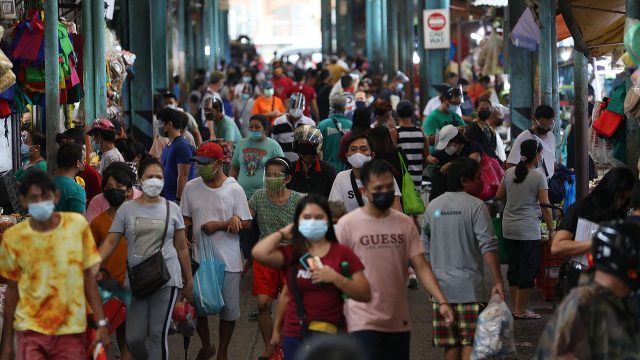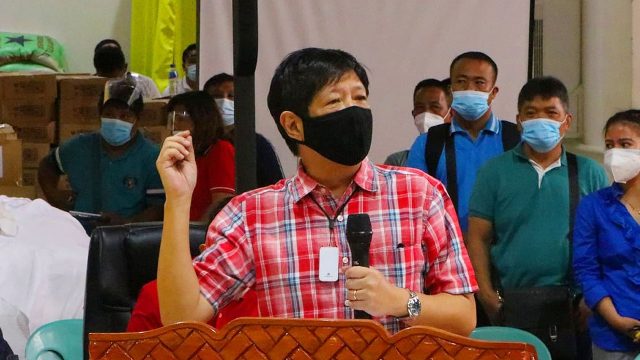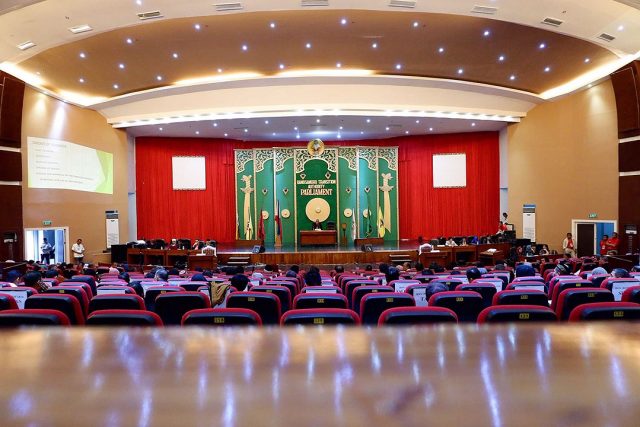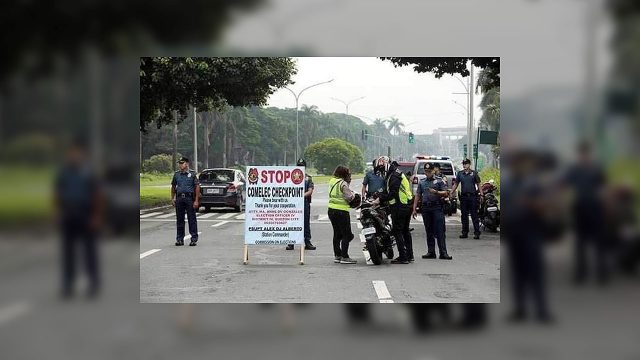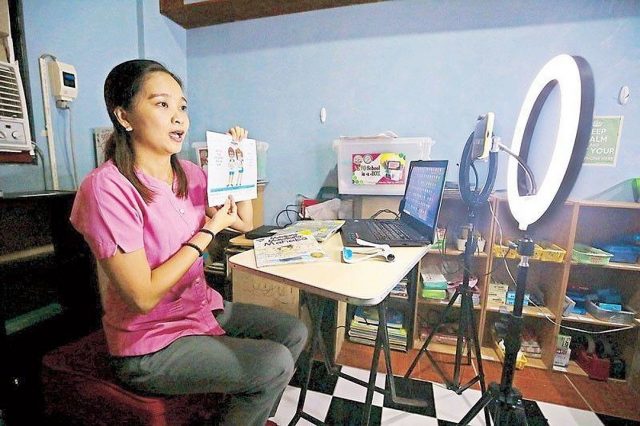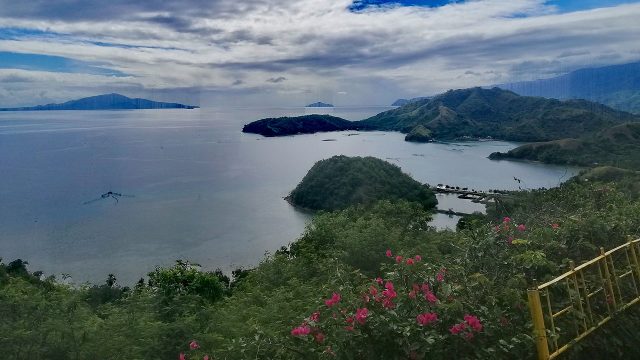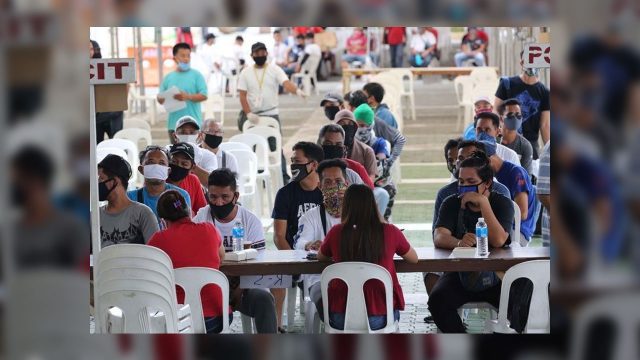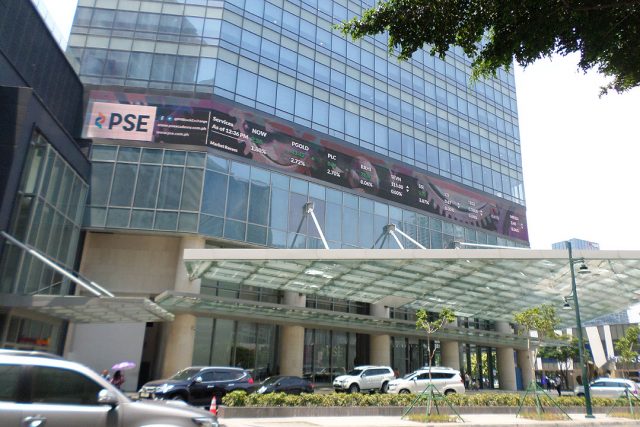Infections may peak in coming weeks, says DoH
CORONAVIRUS infections are expected to peak in the coming weeks, Health authorities said on Thursday, a week after the capital region was placed under a strict lockdown to contain a more contagious Delta variant.
“In the next days and weeks, we’ll probably be seeing additional peaks,” Alethea De Guzman, director of the Health department’s Epidemiology Bureau said at a virtual forum.
The new peak from Aug. 19 to 25 had surpassed the previous peak experienced from Aug. 12 to 20, she said.
The Department of Health (DoH) reported 16,313 coronavirus infections on Thursday, bringing the total to 1.9 million.
The death toll rose to 32,728 after 236 more patients died, while recoveries increased by 9,659 to 1.74 million, it said in a bulletin.
There were 131,921 active cases, 96.1% of which were mild, 1.1% did not show symptoms, 1.2% were severe, 1.03% were moderate and 0.6% were critical.
The agency said 201 duplicates had been removed from the tally, 201 of which were tagged as recoveries, while 125 recoveries were reclassified as deaths. Five laboratories failed to submit data on Aug. 24.
The country had a daily average of 15,537 cases from Aug. 19 to 25, Ms. de Guzman said, higher than the 12,897 cases reported daily from Aug. 12 to 20.
She noted that the increase in coronavirus cases earlier this year started in late February but only peaked in the first week of April.
Ms. de Guzman said the country had not felt the full effect of the recent enhanced community quarantine, but “there is really a probability that we will still see additional cases.”
She said all regions and local government units in Metro Manila either have Alpha or Beta coronavirus variants. The Delta variant first detected in India was now present in 16 of 18 Philippine regions.
Ms. De Guzman said the death toll from the coronavirus had also been increasing. “The lowest was last July at 94. We are now logging 109 deaths per day.”
The country remained under the high-risk classification, with most regions at moderate to high-risk health use rate, Ms. de Guzman said.
These regions include Metro Manila, Southern Tagalog, Central Luzon, Cagayan Valley, Northern Mindanao, the Cordillera Administrative Region, Central Mindanao, Ilocos, Davao and Western Visayas.
All areas in Metro Manila were either at high or critical risk, Ms. de Guzman said.
More than 100 provinces, highly urbanized cities and independent component cities were under critical alert levels for the coronavirus, she said, adding that 70% of beds and intensive care units in most of these areas had been used.
Meanwhile, health workers will proceed with a plan to go on strike on Aug. 31 after the Health department failed to commit to pay their benefits.
“It is clear from the Senate hearing on Wednesday that the Department of Health (DoH) only wants to pay health workers special risk allowance” Robert Mendoza, president of the Alliance of Health Workers said by telephone on Thursday.
Health frontliners have been seeking their allowance for meals, transportation and active duty hazard pay, among other things he pointed out.
Mr. Mendoza said health workers could resign en masse if the government refuses to give what is due them.
President Rodrigo R. Duterte on Aug. 21 gave DoH and the Budget department 10 days to use whatever money the government has to pay health workers.
Mr. Mendoza said DoH, health workers and senators agreed at a hearing on Aug. 16 that health workers who don’t care for coronavirus patients would also get their special risk allowance. “But what happened now? It seems that they are too focused on the special risk allowance for health workers who are directly exposed to the coronavirus.”
Health Secretary Francisco T. Duque III told lawmakers at a House public account committee hearing on Thursday DoH had asked the Commission on Audit and Justice department to clarify whether all health workers are eligible to the special allowance.
The Health department on Thursday said it would ask the Budget department to provide the funds for health workers’ meal, accommodation and transportation allowance.
In a statement, the agency said the special allotment release order for P311 million worth of special risk allowance had transferred to its Centers for Health Development. The amount would benefit 20,208 more health workers, it added.
The money will be released to local government units and private health facilities in the next few days.
Meanwhile, Health Undersecretary Leopold J. Vega urged the Philippine Health Insurance Corp. (PhilHealth) to prioritize the payment of claims from private hospitals, which have threatened to cut ties with the state insurer.
Private hospitals find it hard to generate revenue since they have focused on coronavirus patients, he told ABS-CBN Teleradyo.
Some hospitals have threatened to cut ties with PhilHealth after it suspended payment to healthcare providers whose claims are under investigation. — Kyle Aristophere T. Atienza

